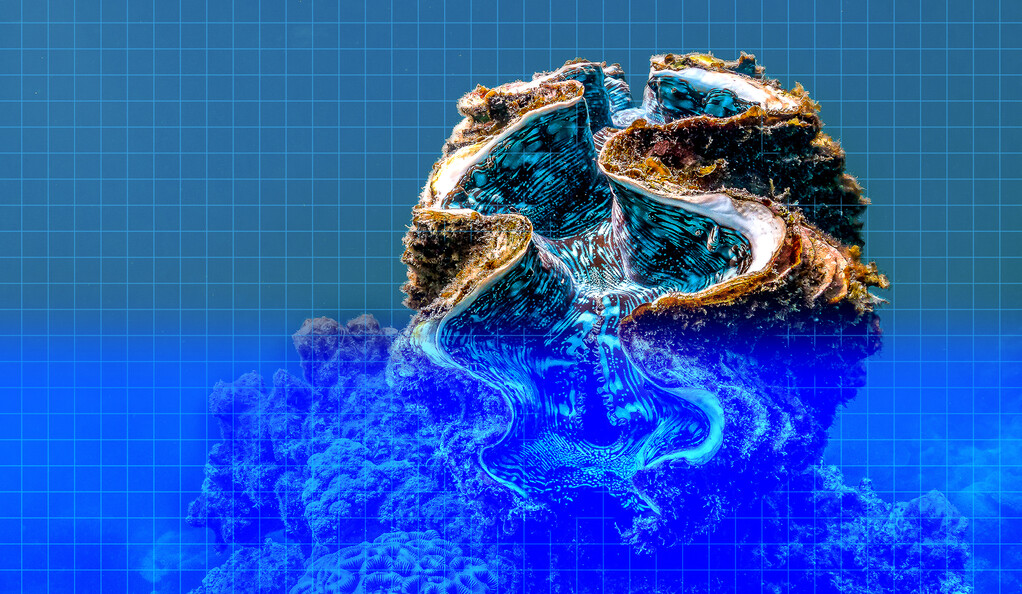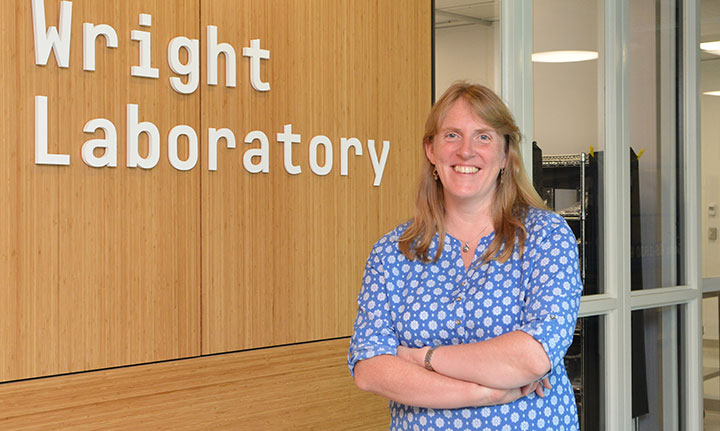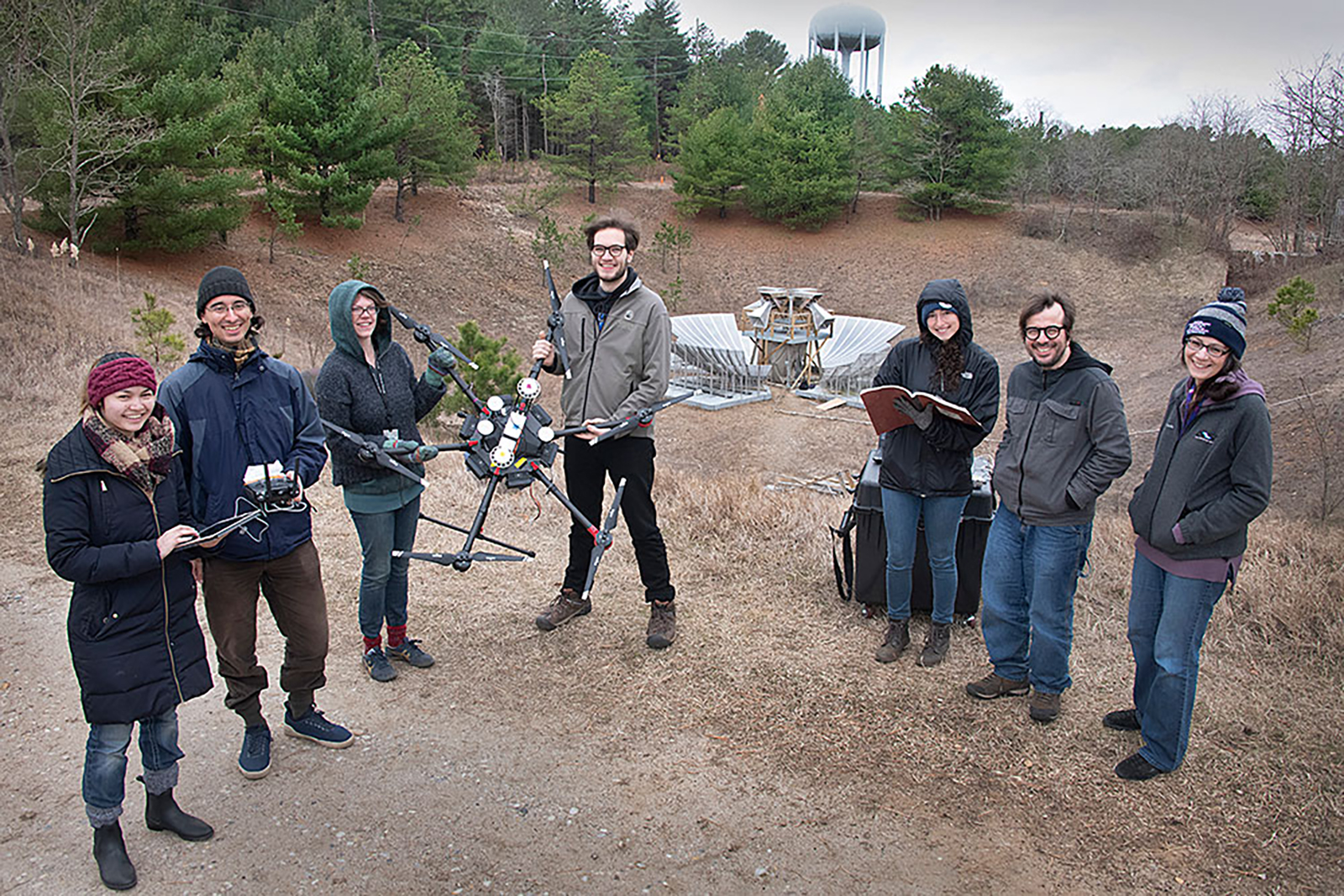Giant clams, pollen, and squid eyes — blueprints for a better world
 |
Alison Sweeney, associate professor of ecology and evolutionary biology and of physics, speaks about giant clams, pollen, and squid eyes with Yale News. Sweeney’s lab focuses on the evolution of biological soft matter and the mechanisms by which they assembled themselves over time. Understanding those mechanisms, she says, may offer the means for creating new biofuels, chemicals, and materials that help sustain planet Earth. Read more. |
Newburgh’s drones help calibrate Brookhaven National Laboratory telescope
|
The Wright Lab team includes 3 undergraduates, 2 graduate students and a postdoctoral associate. Read more. |
Wright Lab assistant professor Laura Newburgh has been developing an innovative technique to calibrate radio telescopes across the world, in particular CHIME in Canada and HIRAX in South Africa, using radio sources attached to hexacopter drones. Yale’s strong research partnership with Brookhaven National Laboratory (BNL) has allowed Newburgh a unique opportunity to collaborate with cosmologists at BNL to field test these drones in calibrating BNL’s experimental prototype radio telescope, called the Baryon Mapping Experiment (BMX). “We enjoy an exciting collaboration where both groups get to learn things,” Newburgh said. “BMX can gain understanding about its polarized beams, we can learn how well our drone calibrator is working, and we are gaining crucial knowledge for the community in planning future 21cm arrays.” Read more. |
STAR search
 |
The hunt continues for a physics phenomenon known as the “chiral magnetic effect” (CME). Physicists from the international STAR Collaboration, based at Brookhaven National Laboratory’s Relativistic Heavy Ion Collider, have released the results of a blind analysis of how the strength of the magnetic field generated in certain ion collisions affects the particles streaming out. “The results represent a significant milestone in our field,” said Helen Caines, a professor of physics at Yale’s Wright Lab and co-spokesperson for STAR. “We believe that they quite possibly represent the most precise heavy ion measurement ever done. We are certain that they will lead to a burst of theoretical activity.” Read more. |
Learn more about Yale Physics discovery on our Research page and in our News. See archived Research & Discovery postings here.
